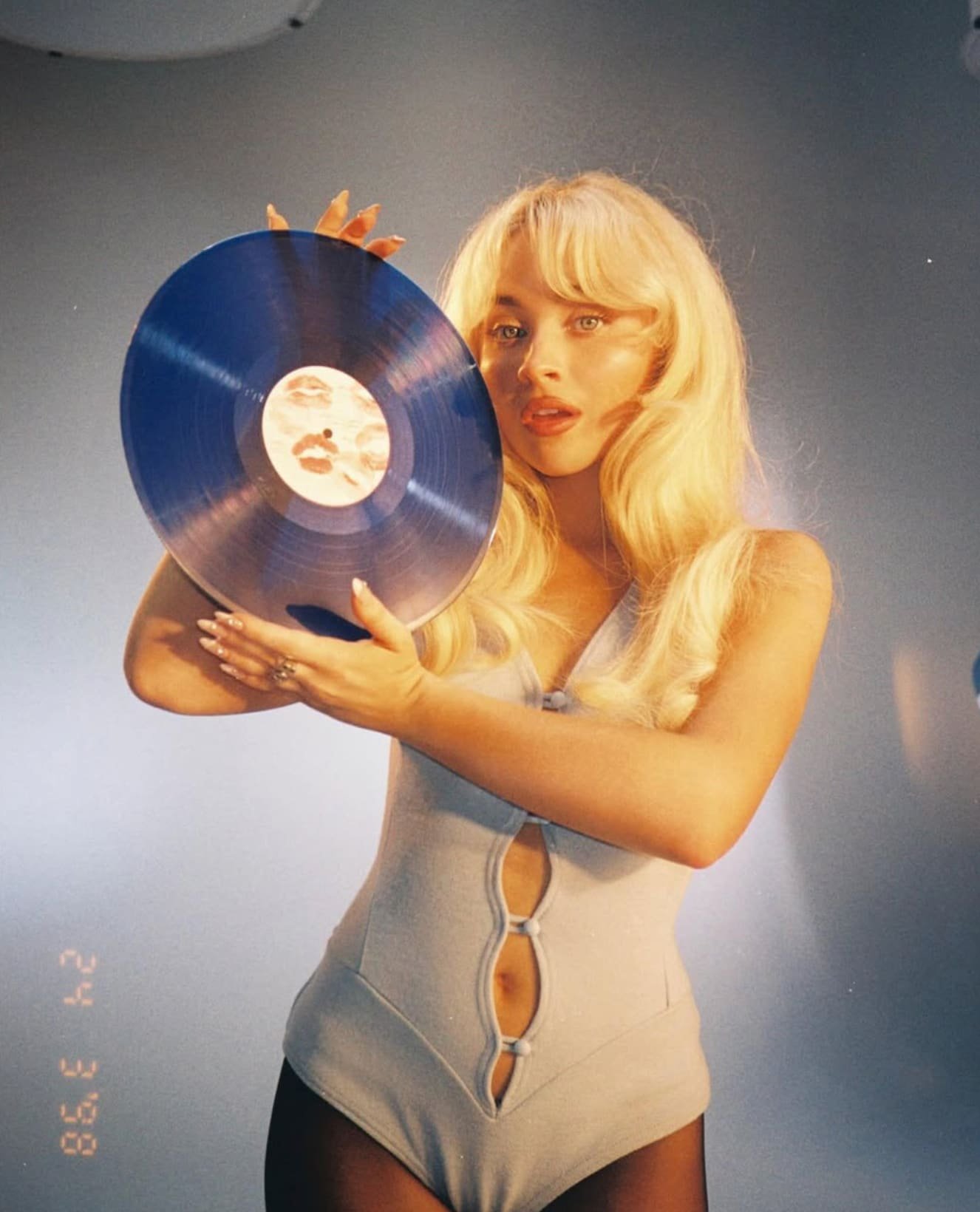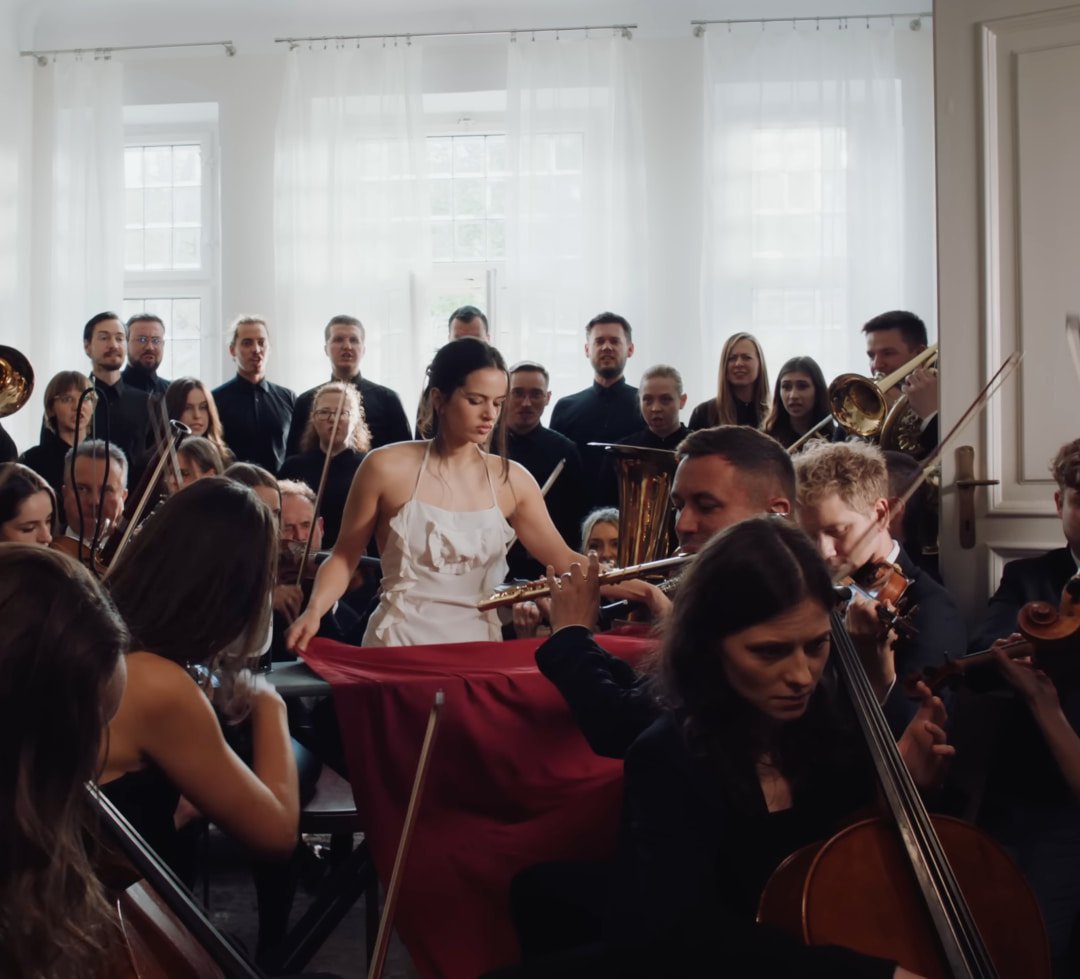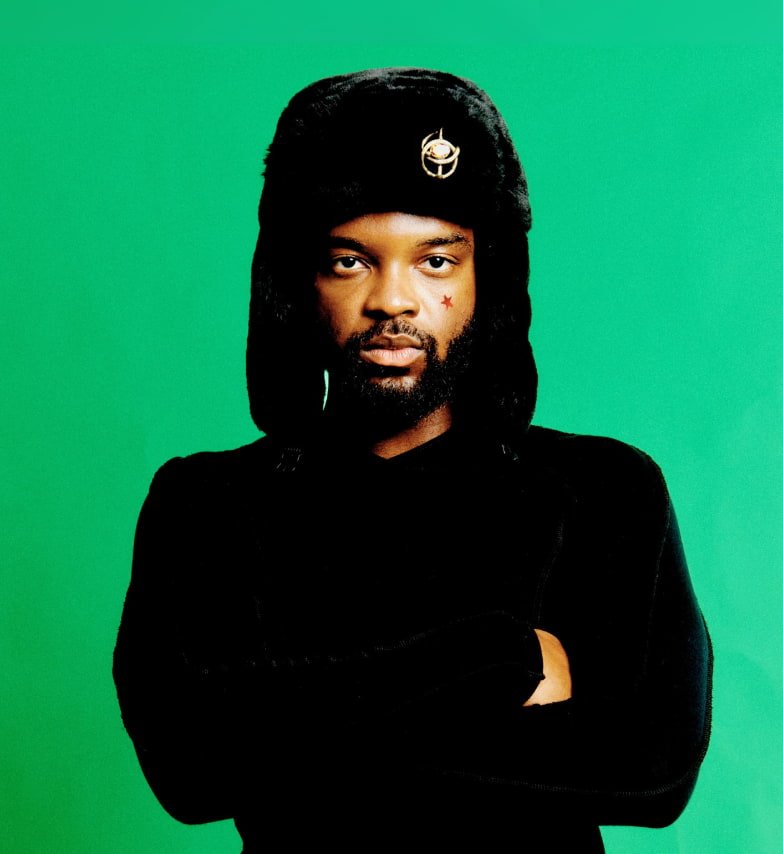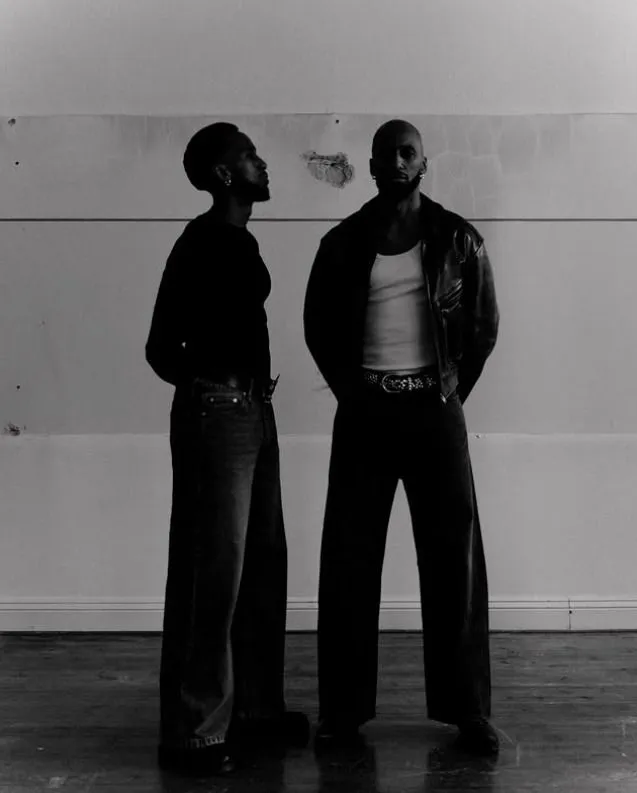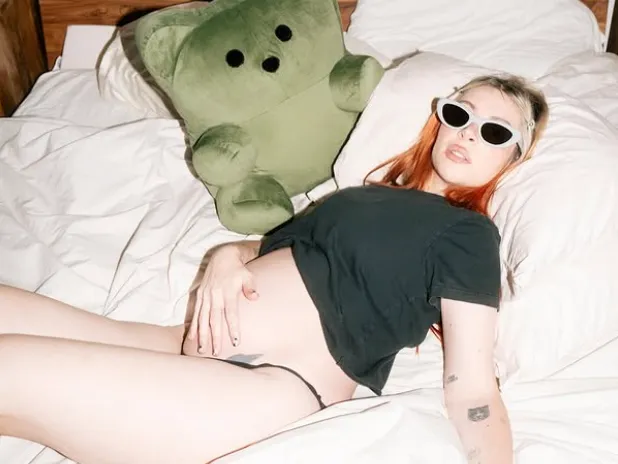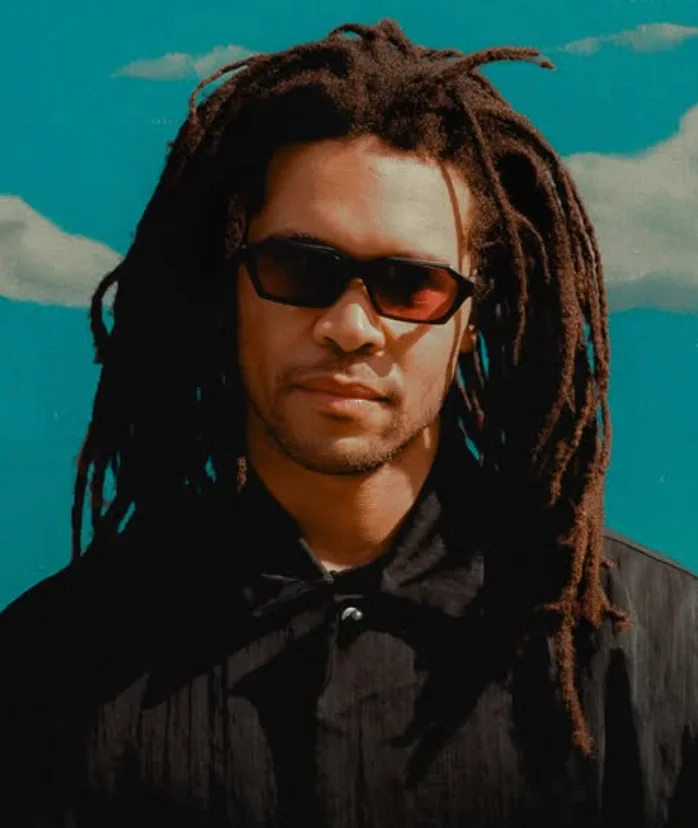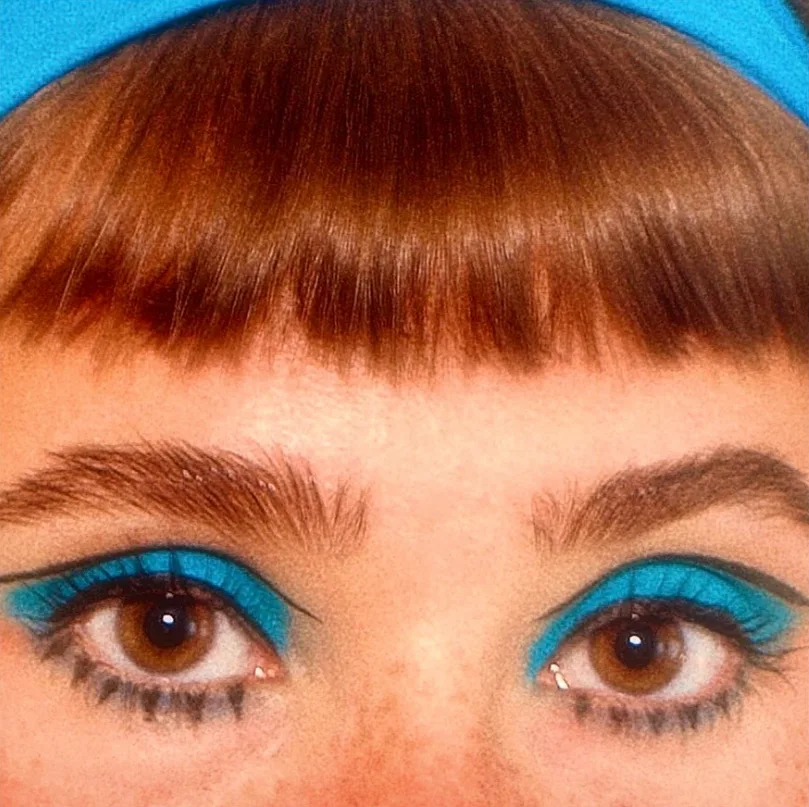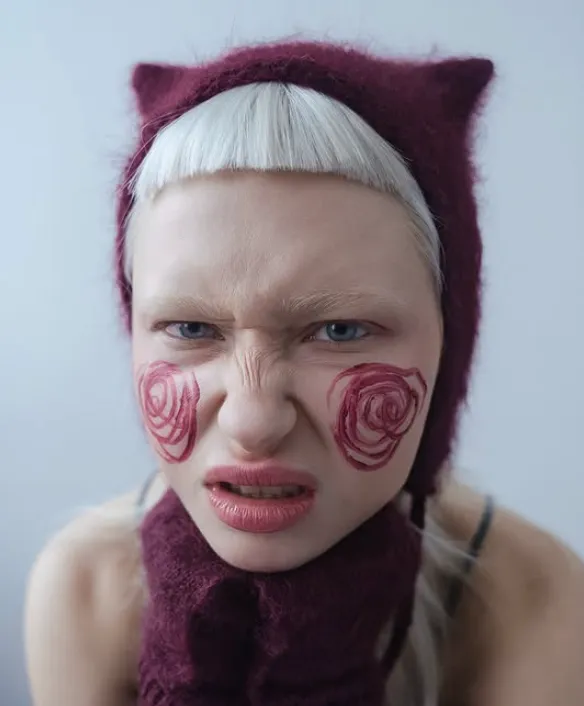The list is out — and it reads like a manifesto. The 2026 Grammy nominations don’t just mark another awards cycle; they map the state of sound, identity and reinvention. The old boundaries between genre and geography are gone. What remains is evolution, and it’s loud.
Kendrick Lamar leads the race with a set of nominations that reaffirm his position as modern music’s most deliberate storyteller — poetic, precise and politically electric. Lady Gaga returns to the spotlight with her MAYHEM era, a record that folds theatrical chaos into high-art control. Bad Bunny carves history again as a Spanish-language artist competing head-to-head in the general categories, proving that global pop is no longer an outsider — it’s the pulse. And Sabrina Carpenter, a newcomer turned pop philosopher, finds herself among giants, her album Man’s Best Friend redefining what “mainstream” can mean when you refuse to play safe.
The nominations stretch across soundscapes: hip-hop in full bloom, Latin pop reaching cinematic heights, alternative and rock evolving with new textures. Even the “Best New Artist” field vibrates with freshness — Olivia Dean, Lola Young, and a wave of artists whose work moves between intimacy and experimentation. It’s not about category anymore — it’s about chemistry.
This year’s lineup reveals an industry that has stopped pretending genre borders exist. It’s not the Grammys chasing trends; it’s music redefining identity. From Kendrick’s poetic density to Bad Bunny’s cultural defiance, from Gaga’s couture-meets-chaos energy to Sabrina’s emotional irony, the nominations reflect a collective shift toward hybridity — sound as self-portrait, fashion as frequency, vulnerability as voltage.
But beyond the names, the deeper message resonates: risk is finally being rewarded. Albums that dare to disrupt the algorithm — to sound human, to sound strange, to sound alive — are taking centre stage. For the first time in years, it feels like the Grammys are catching up to culture, not the other way around.
The conversation now is less about who will win and more about what these nominations mean. They capture an intersection of art and identity — where English and Spanish share the same stage, where underground becomes mainstream, and where music speaks like fashion: expressive, fluid, global.
When the ceremony arrives in February, it won’t just crown trophies — it will confirm a turning point. A pop world that’s finally grown comfortable with contradiction: artists who rap like poets, sing like sculptors, and dress like futurists.
If the Grammys once reflected status, 2026 reflects courage.
And in that sense, every nominee has already won.

